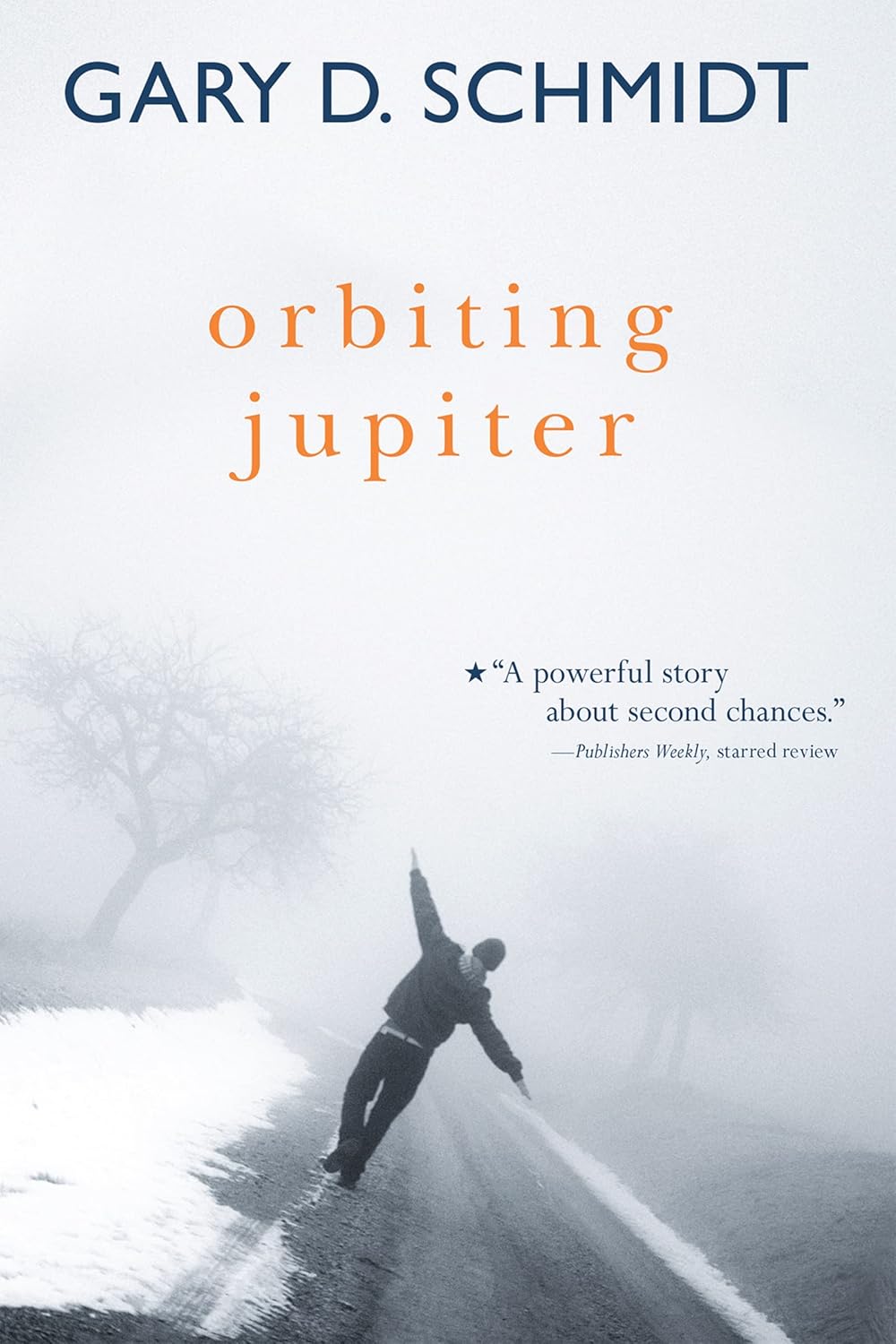About this deal
The vehicle coasted for about 30 minutes, and then the Centaur was reignited for a second firing of 9 minutes, placing the spacecraft on an Earth escape trajectory in a heliocentric orbit.
The minor planets 10199 Chariklo and 2060 Chiron both appear to have a pair of rings each, while the dwarf planet Haumea has also had a ring system confirmed. After a high-g descent into the Jovian atmosphere, the probe discarded the remains of its heat shield, and it parachuted through 150km of the atmosphere, collecting data for 57. Because of a suspected problem in Juno 's main engine, the burn scheduled on December 11, 2016, was cancelled and Juno remained in its 53-day orbit until the first Ganymede encounter of its Extended Mission. It produced the most detailed global color portrait of Jupiter yet, in which the smallest visible features are approximately 60km (37mi) across. per day to unshielded colonists at Europa, [95] which is a decisive aspect due to the fact that already an exposure to about 0.
During this period, it gathered a large amount of information about the Jovian system; the amount of information was not as great as intended because the deployment of its high-gain radio transmitting antenna failed.
Pioneer 10 obtained the first close-up images of Jupiter and its Galilean moons; the spacecraft studied the planet's atmosphere, detected its magnetic field, observed its radiation belts and determined that Jupiter is mainly fluid. Nonetheless Jupiter is a great sight to see with a pair of binoculars or a small telescope, when it may be possible to see one or more of its larger moons. a b c d e f g h i j k l m n o p q r s t u v w x y z aa ab ac ad ae af ag ah ai aj ak al am an ao ap aq ar "PDS: Mission Information".Europa (Jupiter II), the second of the four Galilean moons, is the second closest to Jupiter and the smallest at 3121. Aside from taking the first close-up pictures of the planet, the probes discovered its magnetosphere and its largely fluid interior. The giant planet's gravity bent the spacecraft's flightpath downward and away from the ecliptic plane, placing it into a final orbit around the Sun's north and south poles. Heat energy from tidal flexing ensures that the ocean remains liquid and drives geological activity.
The craft also studied Jupiter's Little Red Spot and the planet's magnetosphere and tenuous ring system. They are planetary-mass moons and among the largest objects in the Solar System, being together with the Moon, Titan and Triton larger than any of the Solar System's dwarf planets. The controlled deorbit is intended to eliminate space debris and risks of contamination in accordance with NASA's planetary protection guidelines. The high-resolution photos from Voyager2, taken closer to Jupiter, left scientists puzzled as the features in these photos were almost entirely lacking in topographic relief.
It requires almost the same amount of energy for a spacecraft to reach Jupiter from Earth's orbit as it does to lift it into orbit in the first place.
The spacecraft was launched from Cape Canaveral Air Force Station on August 5, 2011 UTC, as part of the New Frontiers program. day orbit was planned to be maintained through July 2018 for a total of twelve science-gathering perijoves. This is comparable to the previous Galileo mission that orbited Jupiter, which captured thousands of images [106] despite its slow data rate of 1000 bit/s (at maximum compression level) due to the failure of its high gain antenna. In particular, by observing Jupiter’s unique atmosphere, magnetic environment and system of moons and dusty rings – and how these all work together – Juice will help us understand how habitable places can arise in Jupiter-like systems.Fluctuations in the orbits of the moons indicate that their mean density decreases with distance from Jupiter. Juno 's highly elliptical initial polar orbit takes it within 4,200km (2,600mi) of the planet and out to 8. The age of these rings is still unknown, but various processes in Jupiter’s fierce environment destroy small dust particles, meaning that something must be constantly replenishing the rings if they are to live for very long. The moon does not form part of the orbital resonance that affects three inner Galilean satellites and thus does not experience appreciable tidal heating. The microwave radiometer comprises six antennas mounted on two of the sides of the body of the probe.
 Great Deal
Great Deal 